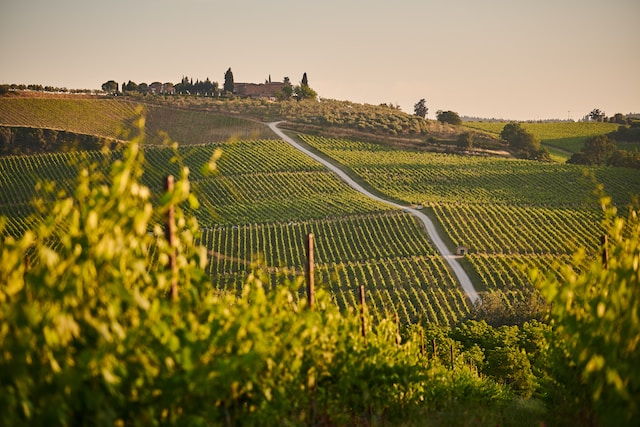Winery owners are addressing sustainability initiatives to reduce their carbon footprint. These efforts include implementing energy-saving techniques and focusing on responsible vineyard practices.
Wineries also support the community through charitable donations, employee development and safety programs, and internships. They are even utilizing alternative energy sources such as wind and solar power!
Water Conservation
In the wine world, sustainability is gaining momentum due to its positive impact on consumer and producer interest. It also shows in the willingness of institutions to support the development of specific programs for sustainable viticulture.
One of the most significant impacts on the environment is water use. The winemaking process requires copious amounts of water to sterilize equipment and clean up fruity, sugary messes. Wineries are working to reduce their water usage with recycling programs, alternative energy, and other environmental initiatives like reducing their carbon footprint.
For example, vineyards near Charlottesville use a system that reuses their wastewater to irrigate the vineyard. They are also experimenting with using cover crops to prevent erosion and soil degradation. They use a remote sensing system to monitor soil moisture levels and rates of evapotranspiration, saving water by only applying it when needed. They are also participating in several conservation certifications, including LIVE. Lastly, they use solar power for over half of their energy needs onsite and buy green power through the grid the rest of the time.
Composting
Many wineries strive for sustainability from a business perspective, including competitive wages, medical insurance for employees, and recycling waste. They also practice conservation in their vineyards, utilizing alternative energy sources and minimizing cellar energy use.
Adding compost to vineyard soils helps increase soil organic matter and microbial activity. It also provides slow-release nutrients and high to moderate potassium values, essential for grapevine health. Blends of grape pumice and animal manure composts are preferred, as they typically contain higher potassium values than grape pumice composts.
Vineyards can also use birds of prey to help control invasive species and protect their vines from predators like rats and squirrels. It is an eco-friendly option that avoids using environmentally disruptive noise cannons to scare off the animals and instead relies on their instincts. This method also reduces the need for chemical fungicides in the vineyard.
Cover Crops
Cover crop plantings, typically annual legumes like clovers and peas, buckwheat, and brassicas, help maintain soil structure and reduce erosion. These plants help to bind soil particles together, improving soil aggregation and reducing the loss of moisture through water evaporation from the soil surface (a common problem during droughts).
When the cover crops decompose, they add nitrogen to the soil. In addition, the roots of the legumes penetrate the soil to improve its nutrient-holding capacity and create macropores, which increase the permeability of the soil and encourage water flow (important in limiting vine stress during dry summer weather).
Fertilization
A vineyard committed to sustainable winemaking takes a holistic approach to its production. They work to conserve water and energy, preserve ecosystems and local wildlife, and practice responsible pest management. They also work to use organic or natural fertilizers, avoiding chemical ones when possible.
One of Napa Valley’s oldest and most respected wineries was among the first to become Biodynamic certified. They have reduced their carbon footprint by planting grapes at a higher density than usual, which requires less water and fertilizer, and they use cover crops and hedgerows for biodiversity.

